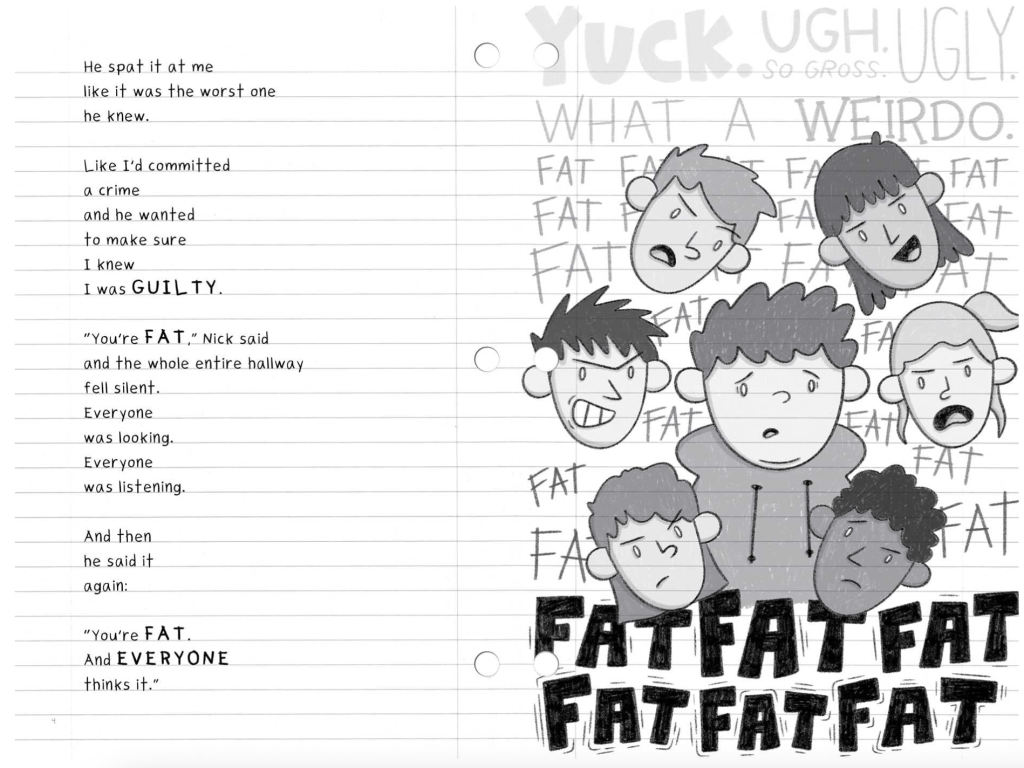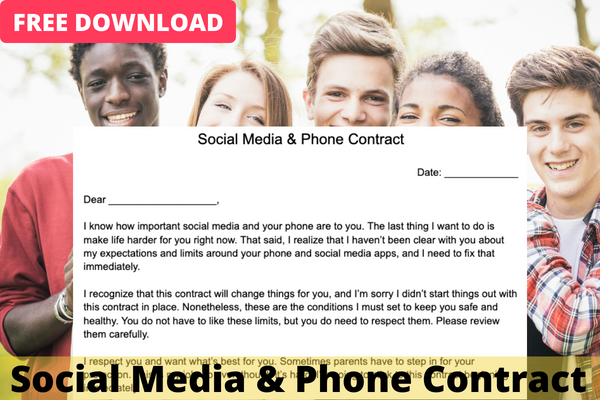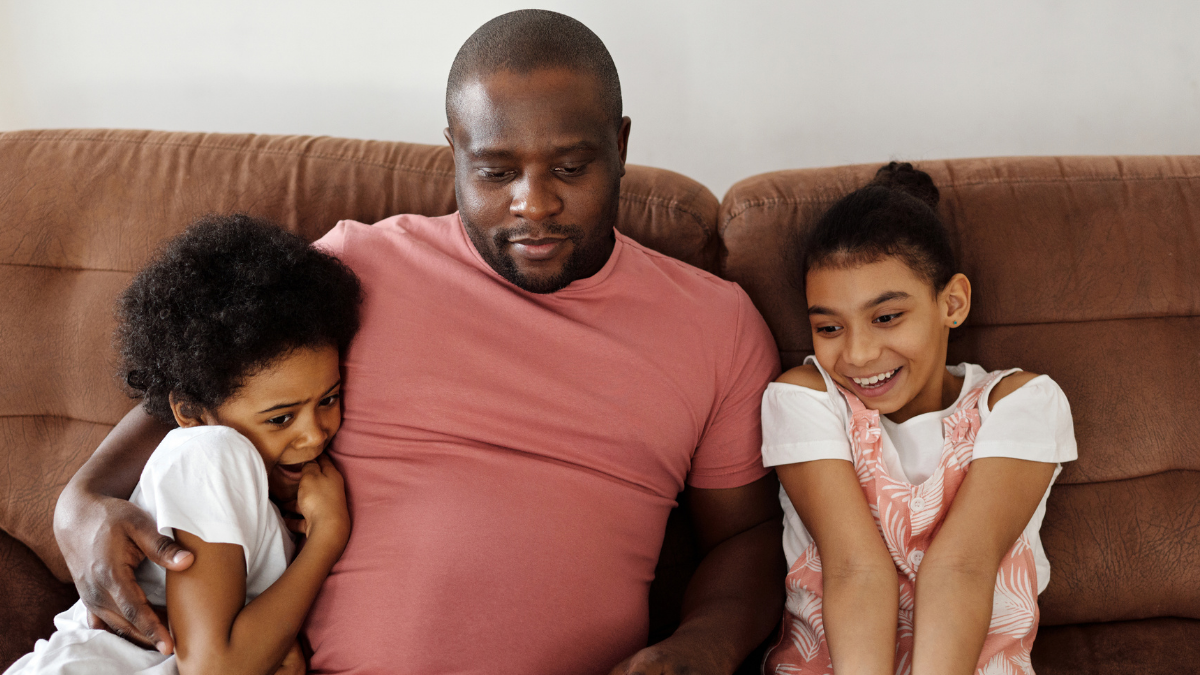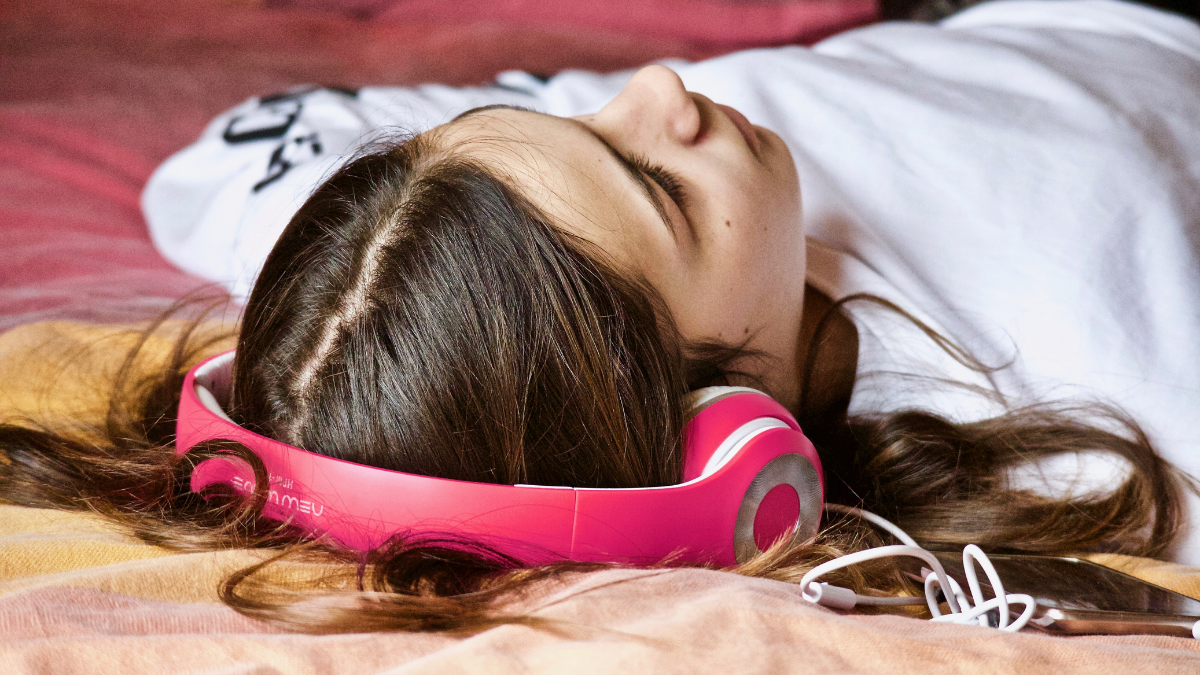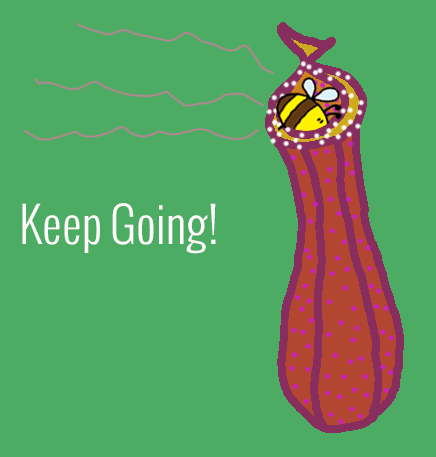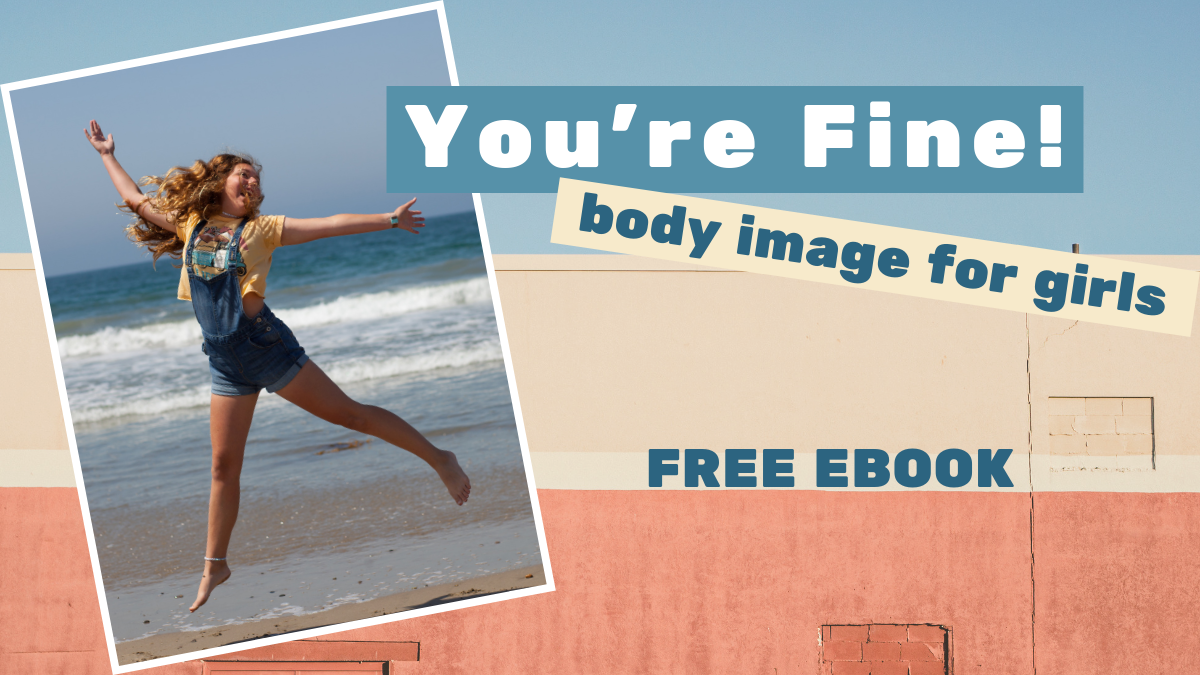
“My body image has been terrible my whole life, and now I see the same thing happening with my girls,” says Liz. “I want to improve my daughters’ body image, but it feels impossible sometimes.”
Liz isn’t alone. Negative body image is a major issue, particularly for girls. One survey of 11–16-year-olds found that 79% said how they look is important to them, and over half (52%) often worry about how they look.
Poor body image is associated with many negative health outcomes, from anxiety and depression to eating disorders and suicidality. Given this, Liz is right to worry about her girls and it makes sense to find ways to improve their body image as much as possible.
Luckily, there is a lot that parents can do to improve girls’ body image.
How to help a girl with body image issues
To get some help with this topic, I spoke with Amelia Sherry, MPH, RD, CDCES, founder of NourishHer.com and author of Diet-Proof Your Daughter: A Mother’s Guide to Raising Girls Who Have Happy, Healthy Relationships with Food and Body. She knows personally how hard it is to navigate body image issues when raising daughters.

Body Image Printable Worksheets
Colorful, fun, meaningful worksheets to improve body image!
- Boost confidence
- Improve self-esteem
- Increase media literacy
“When my own daughters’ bodies started changing in preparation for puberty, it triggered a lot of emotion in me ,” she says. “And seeing my discomfort with those changes made me realize that I still had a lot of work to do with regard to my own body image issues. I had to remind myself that weight gain, particularly in adolescent girls, was perfectly normal and perfectly healthy. ”
“As a dietitian, I knew the “right” things to say and do in terms of allowing them to eat food they enjoy and eat as much as they need to feel full and satisfied,” says Amelia. “But because of my own history with disordered eating and dieting, trusting them with food and giving them that freedom didn’t come naturally. It was challenging, and a lot more triggering and a lot more emotional than I realized it would be.”
At least as far back as middle school, Amelia remembers feeling judged and criticized about her body. “I was chubby, so I started dieting and trying to lose weight,” she says. In high school she experimented with purging, and in college she used exercise to control her weight.
Luckily for Amelia, when she started living on her own and feeling less judged, she started resolving her relationship with food and her body. Healing her relationship with herself led her to become a dietitian who helps families develop positive, happy relationships with food.
How to improve girls’ body image and self-esteem
After helping her own daughters get through puberty with their body image and a set of positive eating skills intact, Amelia started using the same framework to help other mothers who have a history of disordered eating do the same. Here are her five top tips for improving body image and self-esteem in girls:
1. Trust girls to eat as much or as little as they like
Encourage girls to listen to their bodies as opposed to taking information about how much to eat from the outside world. We can show our trust by avoiding commenting on how much they are eating. And if our daughters’ eating or appetites make us uncomfortable, we can look inward to ask ourselves why.
2. Accept our daughters’ natural body size and shape
Being accepting of their appetites as well as their food likes and dislikes. That doesn’t mean we avoid exposing them to new foods or offering balanced meals, by the way.
3. Rethink what it means to be a healthy eater
We have been conditioned to think of healthy eating as eating in a way that controls our weight. However, when we understand that body weight is not an indicator of health we allow ourselves and our daughters to eat in more relaxed, confident ways as opposed to being restrictive and fearful.
4. Be aware of the influences and pressures our daughters are under
From social media and peers, to diet culture and health culture. Teaching them to be critical thinkers, and conscious consumers of media can help them avoid ramping up their own body dissatisfaction. We can also protect our daughters from dieting by being aware of the influences in our own lives as a parent, such as the pressure to raise a perfect eater.
5. Keep nutrition simple
Emphasizing the importance of getting enough to eat and eating variety–more diversity means more nutrients–as opposed to focusing on complex information and avoiding foods and food groups and specific nutrients can help protect our daughters from diets. Teaching them to be skeptical of eating fads and trends as well as being aware of the dangers of dieting is essential too.

Body Image Printable Worksheets
Colorful, fun, meaningful worksheets to improve body image!
- Boost confidence
- Improve self-esteem
- Increase media literacy
What do you say to your daughter with body image issues?
It’s very common to praise little girls for their looks. Whether you call your daughter beautiful or cute, appearance-based praise can work against positive body image because it reinforces the idea that girls and women are valued primarily for their appearance.
“Non-looks-based compliments boost our kids’ resilience against dieting, disordered eating, body comparison, and body dissatisfaction,” says Amelia. “Specifically, I suggest we move away from saying things like “you’re so cute” or “you’re so pretty” and instead say things that focus on who your daughter is and what she’s capable of.”
Here are some ideas for non-looks-based-compliments Amelia suggests:
- I love that you’re not afraid to show your emotions
- You’re really loyal to people you care about and I admire that!
- I love that you feel comfortable enough to tell others how you feel.
- I appreciate how brave you are when it comes to meeting new people.
- You’re really good at being open to people who are different from you.
- It’s awesome that you’re always willing to make a new friend.
- I like how you choose to wear something comfortable – that was well thought out!
- I’m so impressed that you’ve been getting to bed on time – that’s not always easy to do!
- I admire how you listen to your body and eat as much or as little as feels right for you.
Social media and body image
Body image has always been tricky for girls in our society, but it has definitely gotten worse with the rise of social media. And while it’s very challenging to change social media usage in kids, it can make a huge difference in their mental health and wellbeing.
Teens and young adults who reduced their social media use by 50% for just a few weeks saw significant improvement in how they felt about both their weight and their overall appearance compared with peers who maintained consistent levels of social media use, according to research published by the American Psychological Association.
If you’d like some more ideas about limiting your daughter’s social media use, here are a few articles:
Risks of TikTok and how to protect your child’s body image
A new study found that TikTok videos focusing on “health” are dangerous for body image, promote weight loss, and may encourage eating disorders. TikTok’s most-viral “health” videos overwhelmingly say that weight…
Social media filters are ruining kids’ body image
Social media filters are impacting our kids’ body image, and luckily there’s something parents can do to help. We’ve got to have “the talk” with our kids about social media, and…
10 facts about Instagram and body image in girls
It’s fun to scroll through Instagram, but it can have a negative impact on body image in girls. Instagram is not inherently bad, but research suggests that people who use Instagram…
Raising a diet-proof daughter
Dieting is the best predictor of eating disorders, which affect about 9% of the population and are the second-most deadly mental disorder. But dieting has many other negative health outcomes. For example, almost everyone who diets ends up weight cycling, which reduces cardiometabolic health.
Amelia encourages families to raise diet-proof kids who will not fall prey to dangerous weight loss programs. “When you’re raising a diet-proof daughter, you’re teaching her to listen to her body, enjoy her appetite, take pleasure in food, and have a good perspective on eating and physical health,” she says. “You want her to listen to herself, honor herself, respect her body and her needs, her pleasures and appetite. If you do that, she’ll find a good balance between good nutrition and self-care.”
“Elements of diet culture–such as cutting out specific nutrients or entire food groups–will put her health at risk, which is the exact opposite of what diet promoters and “health gurus” promise our girls,” says Amelia. “Feeding yourself is the ultimate act of self care. It’s the most basic thing, and it gets overlooked. So that’s what I want parents to focus on with their girls, making sure they are well fed–that they get enough food and that they feel good about eating. This is the best way to make sure they’re well-nourished both physically and emotionally. I want families to raise girls who are able to eat without feeling judged. There are so many benefits to that.”
With these ideas and more, parents can do a lot to improve girls’ body image.

Ginny Jones is the founder of More-Love.org, and a Parent Coach who helps parents who have kids with disordered eating and eating disorders. Combining science, compassion, and experience coaching hundreds of families, she helps parents understand what’s going on with their kids’ eating behaviors and teaches them the science-backed skills to heal kids’ relationship with food, improve their body image, and feel better about themselves, their relationships, and life in general.
Ginny has been researching and writing about eating disorders since 2016. She incorporates the principles of neurobiology and attachment parenting with a non-diet, Health At Every Size® approach to health and recovery.






